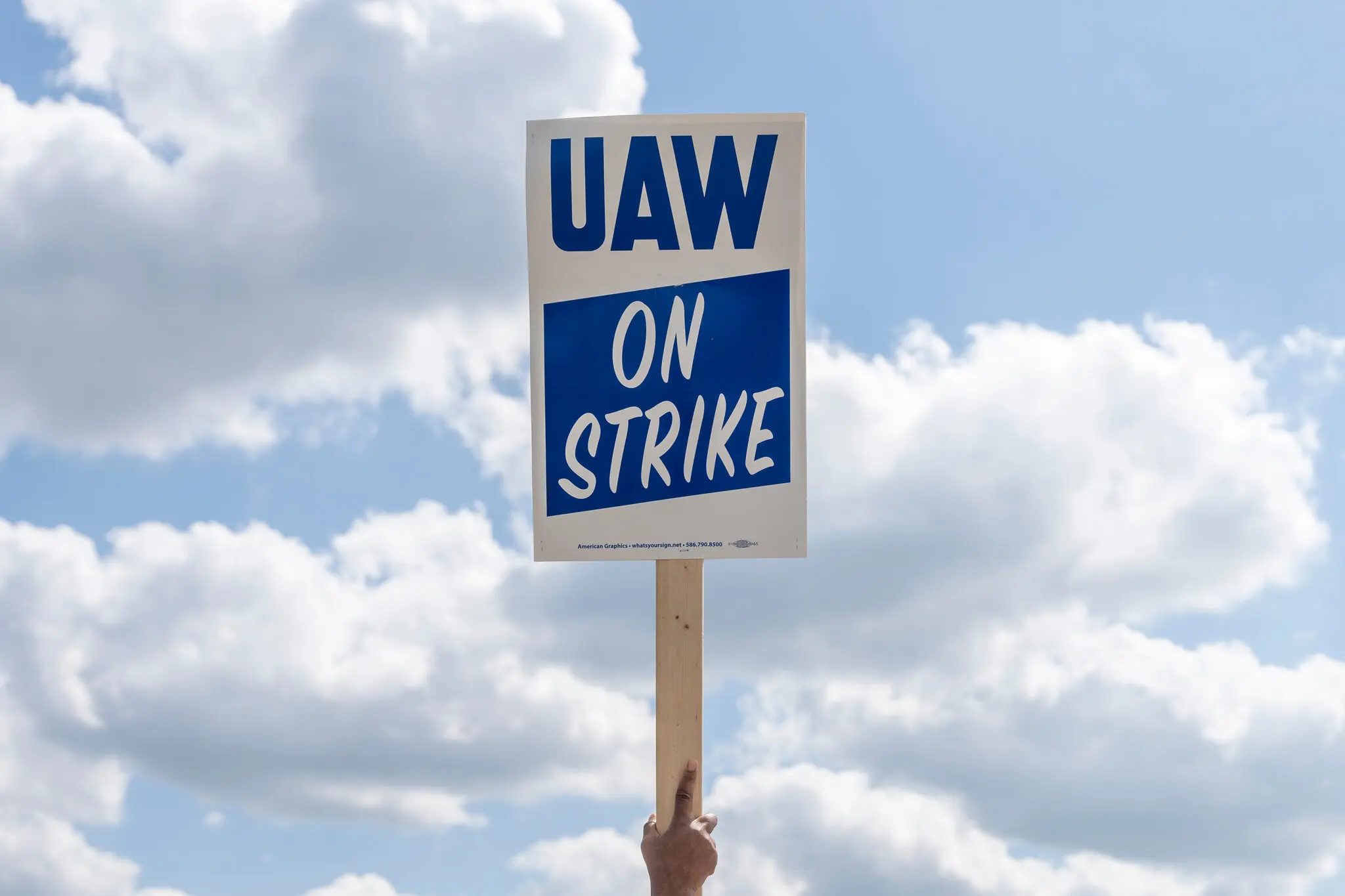
New York Times (Opinion)
Important Note: AllSides provides a separate media bias rating for the The New York Times news pages.
This page refers to The New York Times opinion page, including op-ed writers and the Editorial Board. The Editorial Board’s bias is weighted, and affects this bias rating by roughly 60%. Not all columnists for the New York Times display a left bias; we rate many individual writers separately (see end of this page). While there are some right-leaning opinion writers at the Times, overall the opinion page and Editorial Board has a strong Left bias. Our media bias rating takes into account both the overall bias of the source’s editorial board and the paper’s individual opinion page writers.
The United Auto Workers has taken to the picket lines in a particularly acrimonious strike, targeting, for the first time, all three of the big Detroit automakers simultaneously.
Popular opinion appears to lie firmly on the union side. And I’m all for the auto workers getting paid more — they have legitimate concerns. But this increasingly militant U.A.W. is overplaying its hand with an overly lengthy and overly ambitious list of demands. I don’t think there’s any way the automakers will be able to meet these conditions, and I worry about the implications for our economy and for President Biden.
The stakes are high. A prolonged strike, which could lead to far more widespread shutdowns of auto facilities, could jeopardize the economic recovery. Our nearly $800 billion auto industry accounts for 3 percent of economic output, with a particular concentration in the Midwest, where states like Michigan are critical to President Biden’s re-election.
How did we get here? In some ways, these strikes were long overdue.
For much of American economic history, workers’ incomes tracked closely to improvements in their efficiency. The more a typical laborer produced, the higher the pay. But over the last two decades, that relationship has broken down: Productivity grew by 52 percent from 2000 to today, while hourly compensation, after adjustment for inflation, increased by just 30 percent. That occurred for a variety of reasons, ranging from declining unionization to competition from lower cost imports to increased corporate concentration amid waning antitrust enforcement.











